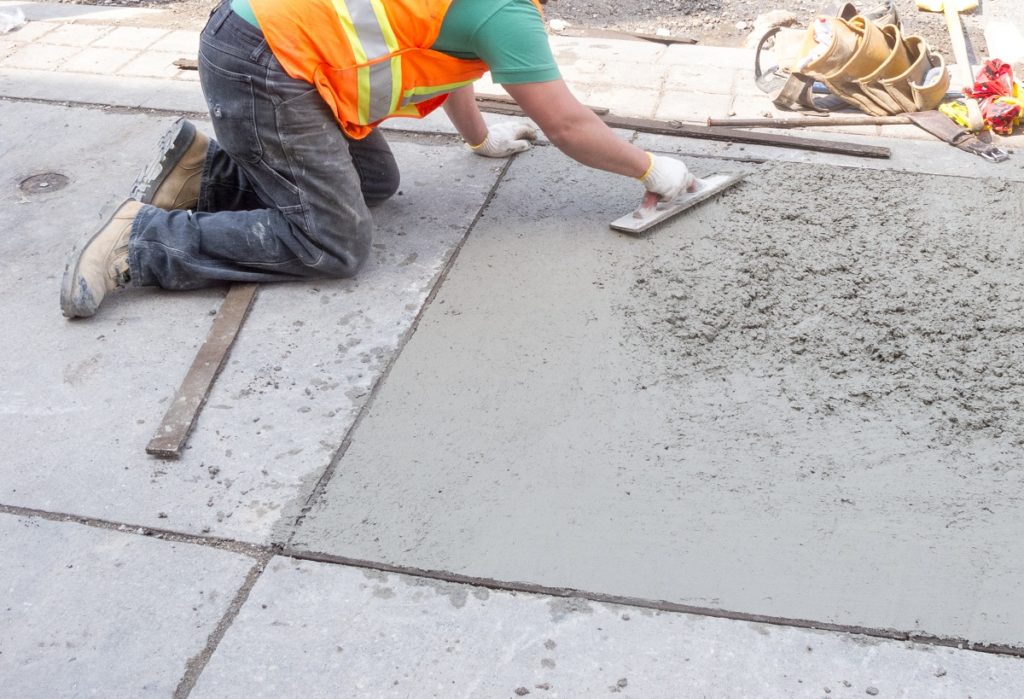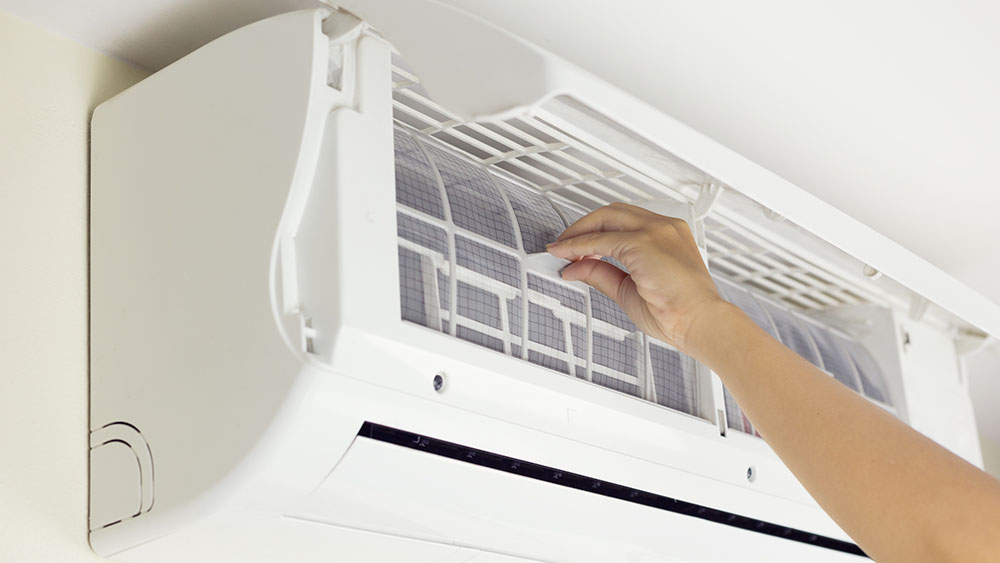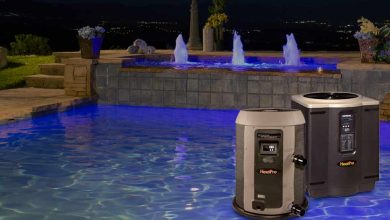How to Melt Ice Without Concrete Damage

Introduction
Shoveling is the best way to get rid of snowy driveways. However, there may be an ice layer at the end that needs further ice-removing efforts. Most people like to use rock salt to melt ice. However, it isn’t the ideal option if you have a concrete driveway. Concrete driveways can get damaged due to the incredible temperature changes brought by rock slats and that means searching for “paving companies near me” on the internet for expensive repairs. Let’s check out how you can melt ice without concrete damage:
The Process
- Magnesium Chloride – Magnesium Chloride is the crowd favorite for its reputation as one of the safest ice melting products for concrete driveways. You can sprinkle heavy amounts of it in any area, even when there is dense vegetation around. It was opted by homeowners for its rapid action of melting ice and its non-corrosive nature. It isn’t too harsh on your budget either. On average it will cost you around $2 for each pound if you buy a large bag or bucket. The only reason it isn’t used throughout the country is due to its temperature restrictions. It’s only effective if the temperature is -13 degrees Fahrenheit or more.
- Calcium Chloride – Calcium chloride is also a popular choice among homeowners since it works quickly on icy and snowy driveways and isn’t corrosive enough to do any major damage to the sealant of your concrete driveway. While it costs a bit more than rock salt, it doesn’t cost you as much as magnesium chloride and the range of working temperature is also stretched far. It’s effective even if the temperatures are bone-chilling at -40 degrees. There’s no environmental harm either if it is accidentally sprinkled on your plants. However, you need to use it in moderation since too much can leave minor damage on the concrete driveway, and too little doesn’t make it as effective.
- Potassium Chloride – If you want a super cheap alternative to magnesium and calcium chloride, then you should buy a large bag of potassium chloride. This compound won’t even cost you a dollar for a pound and doesn’t damage your concrete driveways or pathways. The catch is that you need to have a lot of patience to melt the ice. Unlike other ice melting products on the list, it works very slowly, and its effectiveness is restricted to -12 degrees Fahrenheit. Moreover, it doesn’t work on a thick layer of snow or ice. So, shoveling and some elbow grease isn’t an option with this product.
- Urea – Surprisingly fertilizers aren’t just good for plants, but great for getting rid of ice over concrete. If you’re into gardening, you may have plenty of it stocked in your home. Among all the fertilizers, urea is a common option that’s used for melting ice due to its heat-generating abilities and non-corrosiveness to concrete. But you need to beware of its limitations as well. It can be very expensive. Even if you buy a large bag of 50 pounds, you may end up shelling out $80 on a sale. Unlike the above-mentioned options that are expensive, this doesn’t work quickly either and takes its sweet time melting the ice. It isn’t an environmentally safe option either since you don’t want an excessive amount of urea going to the lawn or your plants.
- Calcium Magnesium Acetate – CMA is mainly made of acetic acid, a critical component of vinegar, and is very effective in separating snow and ice particles on concrete surfaces. When it comes to safety and environmental friendliness, there’s no worry. This product is used to dilute other ice melts to make them safer. You won’t have to worry about your beloved pets and carefully raised plants when you use this product to melt ice. It also comes in granules, a convenient form factor that makes it easy for you to cover large areas. Considering all those advantages and its low working temperature of -20 degrees, the steep price of $2 for a pound is worth it.
- Kitty Litter – As mentioned above, fertilizer is a good ice melt and kitty litter is a natural fertilizer manufactured by your cat instead of a factory. It starts melting ice when you sprinkle it over. However, it isn’t as potent as salt and doesn’t work as quickly. To make up for that disadvantage, it doesn’t make smooth surfaces slick and prevents you from slipping on the pathway after the ice melts. To prevent it from clinging to your shoes and avoid messiness, you can scrape it away from the driveway. Don’t worry, it won’t harm your plants. If you have a lot of cats in your home, you can get a fresh supply every day for free or pay around a dollar for each pound.
- Sugar Beet Juice – Some cities in North America have found sugar beet juice as a viable alternative for melting ice on the streets. You can even get store-bought sugar beet juice ice melts free from salt or make some at home. Moreover, you’ll need a lot of beets to make enough for the driveway. Other disadvantages include slow-melting, attractive to insects due to its sugar content, and probability of leaving a stain. The staining issue can be tackled if you use white or golden beets. You won’t have to worry about the solution running into your lawn due to its stickiness on the positive side of things.
- Heated Mats – For those with a generous budget, heated snow-melting mats are the best option. They may cost as much as $100 for each mat but are affordable to operate and environmentally the safest option for melting ice. You don’t need to worry about any solution overflowing into your lawn either.
Conclusion
The above-mentioned alternatives to rock salt are great ways of melting ice without sustaining any major damage to the concrete underneath. However, if it’s too late and the damage is already done you should hire professionals by searching for “paving companies near me”.





